If you’ve been keeping up with the news, you have probably heard that Coronavirus has been impacting meat processing plants across the country. Although the effect of this on the nation’s food supply is still to be determined, it is likely that we will see some shortages of meat products in the grocery store.
This presents us with either an obstacle or an opportunity. It’s an obstacle if you still want to eat a variety of meat with the same frequency as you always have. It’s an opportunity if you want to use this time to experiment with meatless protein choices. I personally choose to see it as an opportunity, and I hope that you do as well.
My own relationship with meat: “It’s complicated“
A little background about me and meat – I have a history of being an on-again, off-again vegetarian. I am currently not vegetarian, but I do have a preference for vegetarian options (even at high-end steakhouses, lol). The college I attended to get my nutrition degree, Loma Linda University, is a Seventh-day Adventist school, and the campus is completely vegetarian. When I got married to my husband, I had a vegetarian wedding. Though my family currently eats meat, we never eat pork, due to my husband (he was raised Muslim).
That is all to say that I am a little biased in recommending non-meat protein choices, since I like them myself and believe they are a satisfying and healthy option.
Why you should consider this an opportunity
As I’ve mentioned in a previous post, now is a really good time to learn a new skill. Given my penchant for the vegetarian, I believe that being able to cook satisfying meals without meat is a really valuable one. There are several reasons for this:
- Meat is expensive; learning to cook meatless meals can save you money.
- Vegetarians/vegans have a lower risk of certain health conditions. According to the Academy of Nutrition and Dietetics position paper on vegetarian diets this list includes “ischemic heart disease, type 2 diabetes, hypertension, certain types of cancer, and obesity.”1
- Meatless meals have a smaller environmental footprint.2
Note that what I am advocating here is not a complete switch to a vegetarian diet. Instead, I am simply suggesting eating meat less often, and in smaller portions.
In case you’re hesitant – myths about meatless meals: debunked
There are some common reasons why people steer clear of meatless offerings. Some people are afraid that they won’t be able to eat enough protein if they’re not consuming meat. Others feel like they won’t be satisfied with vegetarian meals. Still others feel like it’s an all-or-nothing endeavor; either you’re vegetarian 100% of the time, or there’s no point in doing it. And some people think of vegetarian diets as boring, consisting of eating carrots and celery all day.
Fortunately, these just aren’t true. Meatless meals can be satisfying, delicious, and adequately nourishing, all at the same time. And you don’t have to go meatless all of the time to make an impact. Even a single meat-free meal here and there counts.
Myth 1 – Meatless meals don’t have enough protein.
Americans these days tend to greatly overestimate their protein needs. That is to say, you actually need a lot less protein than you think.

The above equation will tell you how much protein you need each day in order to meet the minimum recommendations. So if you are 35 years old and weight 150 pounds, you only need 56 grams of protein per day.3
To put this into perspective, a 6-ounce steak has 42 grams of protein, an 8 oz glass of milk has 8 grams, and a slice of bread has around 3 grams.4 So if you ate nothing but these three foods all day long, you would essentially meet your protein needs. If you swapped the meat out for a non-meat protein source and ate balanced meals throughout the day, you could very easily meet your protein goal.
Myth 2 – You have to eat meat to feel satisfied after a meal.
One concern that many people have when moving towards a more plant-based diet is that they don’t know what to “replace” their meat with. I can definitely see where they are coming from; if you are eating meat and potatoes, and you take away the meat, what’s left is kind of sad.
An easy way around this is to start by looking at cuisines that are already vegetarian or that use meat as an accessory, instead of the main course.
For instance, let’s talk about Indian food. Indian food is very often vegetarian, and in my opinion, it is also very satisfying. Indian food consists of hearty stews, curries, paneer (an Indian cheese), daal (lentils), all of which are healthy, yummy, and filling. Pick any one of these inherently vegetarian dishes, and you’ll see that nothing is missing. That makes a cuisine like this a great starting point if you are worried about feeling satisfied after a meal.
If you’re new to Indian cuisine, here are a few quick resources for you:
- This is a quick but informative overview of Southern Indian cuisine from Food & Nutrition Magazine.
- Here is a selection of Indian recipes from EatingWell; do note, however, that not all of them are vegetarian.
I’m just using Indian food here as an example. If it’s not your thing, then I recommend trying other ethnic cuisines where meat plays more of a supporting role. Some examples of this are Mexican, Asian, or Middle Eastern foods.
Another way to make sure that your meal is satisfying is to ensure that you have a good source of plant-based protein at your meal. This could be eggs, beans/peas, nuts/nut butters, soy products (tofu, tempeh, etc.), or dairy.
Myth 3 – You have to be vegetarian 100% of the time, or there’s no point in doing it.
Every meatless meal counts, both in improving your health and the health of the planet. As an illustration, I like to use a story about starfish on the beach.
A young girl walking along the beach sees thousands of starfish that washed up during a storm. She picks one up, throws it back into the ocean, then picks up another, and throws that one back. On and on she goes. Eventually a man approaches her and asks her why she is bothering; she will never be able to rescue all the starfish. Her actions can't possibly make a difference. The little girl picks up another starfish, throws it back into the ocean, and says "I made a difference for that one."
Sometimes, when making changes, either for the good of ourselves or the good of the world, it can feel overwhelming. How can one meatless meal possibly make a difference in the grand scheme of things? Here’s how – if you choose a taco salad with beans instead of ground beef, you’re reaping the health benefits of those beans, and you’re avoiding the saturated fat and extra calories in that beef. And if you like that taco salad, and if you feel better after eating it, it builds momentum for future vegetarian choices.
Myth 4 – Vegetarians eat carrots and celery all day. Boring!
This is so not true! In fact, as I mentioned above, I had a vegetarian wedding. This included the rehearsal dinner. Many of the attendees at that dinner came up to me afterwards to tell me how surprised they were at how delicious the food was. To this day, my mom maintains that it’s one of the best meals that she has ever had.
Again, going back to the ethnic cuisines I mentioned above – Indian food, Thai food, Mexican food, etc. – many of these have vegetarian options that are very delicious and flavorful. The next time you are at a Chinese or Thai restaurant, look at the menu. Many have “vegetable” or “tofu” as options when you’re choosing your protein, right alongside with chicken, beef, and seafood. If you order your meal with tofu or vegetables, you get the exact same, enjoyable dish as you would before, you just get it with a meatless protein option. The food is just as good.
Meatless meals can be just amazing as those that contain meat, I promise.
Okay, I’m sold on trying meatless meals. Now what?
I hope that, after reading the above, you see the decrease in meat at grocery stores as an opportunity, rather than an obstacle. Use the tips above, embrace that opportunity, and prepare a few meatless meals.
If you’re interested in taking things a step further and going full-on vegetarian, then MyPlate.gov has resources that will tell you how much to eat of each food group for your particular calorie level. The Physicians Committee for Responsible Medicine also has a kickstarter toolkit, which can be found here. It is quite comprehensive and includes recipes and tips for different ages and stages. One caveat – their focus is on vegan diets (this means no meat, dairy, or eggs), which are more restrictive and harder to follow.
Want ideas for meatless recipes?
Check out my blog post on finding recipes online.
This post originally appeared on the site coronavirusmealplans.com on May 19, 2020.
References
1 Melina, V., Craig, W., & Levin, S. (2016). Position of the Academy of Nutrition and Dietetics: Vegetarian Diets. Journal of the Academy of Nutrition and Dietetics, 116(12), 1970-80.
2 Ernstoff, A., Tu, Q., Faist, M., Del Duce, A., Mandlebaum, S., & Dettling, J. (2019). Comparing the Environmental Impacts of Meatless and Meat-Containing Meals in the United States. Sustainability, 11(22), 6235. https://doi.org/10.3390/su11226235.
3 Duyff, R. (2017). Academy of Nutrition and Dietetic complete food and nutrition guide (5th ed., pp. 378-379). Houghton Miffin Harcourt.
4 Rodibaugh, R. (2020). The Exchange List System for Diabetic Meal Planning. Uaex.edu. Retrieved 20 May 2020, from https://www.uaex.edu/publications/pdf/FSHED-86.pdf.
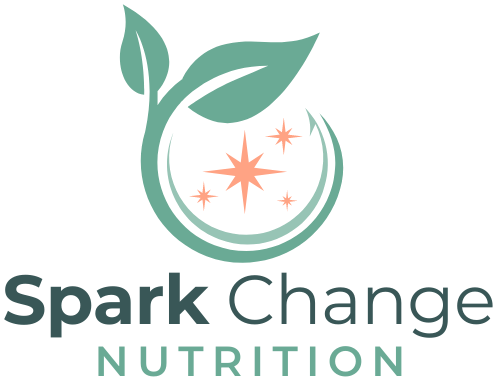
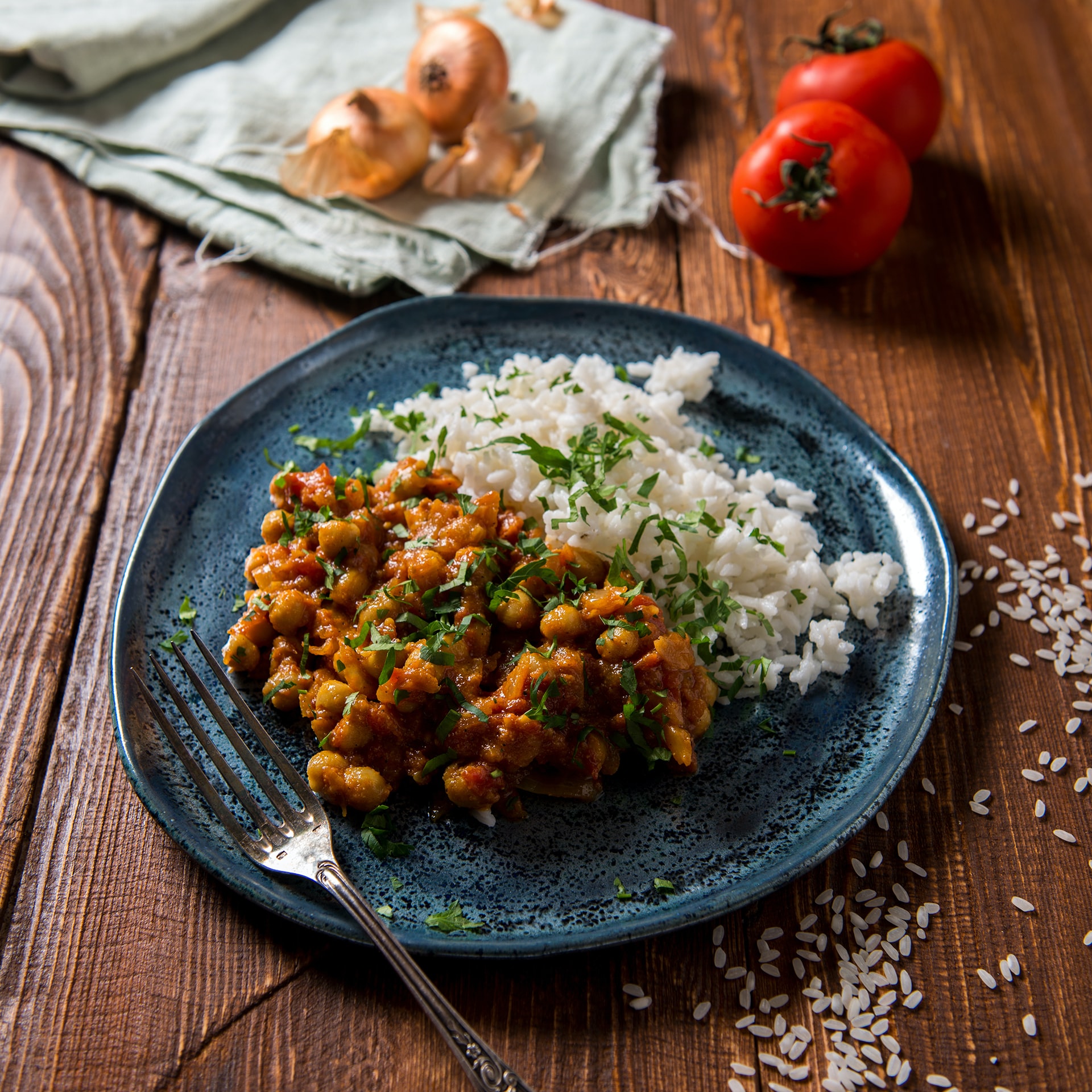


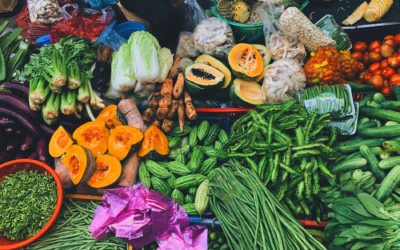
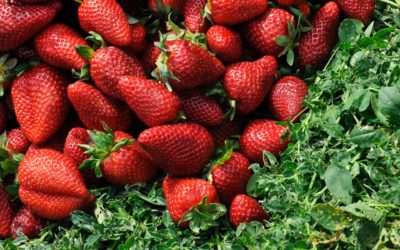
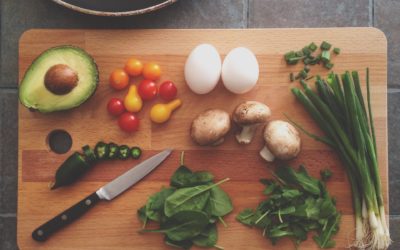
0 Comments